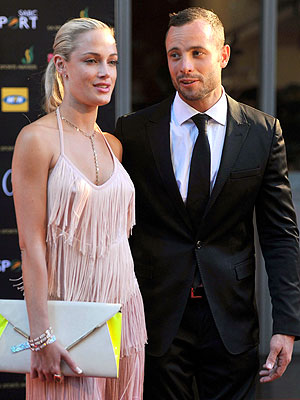BEIJING — Immigration is a hot-button issue nearly everywhere in the world, though the contours of the debate vary from place to place. In the United States, sweeping changes to the law may offer legal residency for millions of people who have entered the country illegally, my colleague Ashley Parker reports.
In Singapore, the debate looks somewhat different: The government plans to increase the population from just over five million to a possible high of nearly seven million by 2030, via regulated, legal immigration, and this is provoking opposition.
So much so that on Saturday, about 3,000 people turned out for what some commentators said was one of the biggest demonstrations in the nation’s history. (If the number seems small, it reflects the tight political control exerted over Singapore life by the People’s Action Party, which has run the country for about half a century and discourages public protest.)
What are the contours of the debate in Singapore?
Concern over booming immigration, often focused on new arrivals from increasingly rich China, has been simmering in the nation, with many feeling that the immigrants do not play by the same rules, that their manners are poor and that they are pushing up prices. That feeling crystallized last year when a wealthy Chinese man driving a Ferrari at high speed killed three people (including himself) in a nighttime accident.
(Similar sentiments are found in Hong Kong, as my colleagues Bettina Wassener and Gerry Mullany wrote.)
Vividly illustrating the resentment, Singaporeans sometimes call the wealthy immigrants “rich Chinese locusts,” according to an article in the Economic Observer’s Worldcrunch.
So the Singapore government’s Population White Paper that passed in Parliament earlier this month, just before Chinese New Year, was bound to stir things up.
The government is presenting the rise in immigration as a target that is needed if Singapore, where immigrants already make up about 40 percent of the population, and which has the highest concentration of millionaires in the world, is to continue to flourish, reports said. Singaporeans just are not having enough children, said the prime minister, Lee Hsien Loong.
“In my view, in 2030, I think six million will not be enough to meet Singaporeans’ needs as our population ages because of this problem of the baby boomers and bulge of aging people,” Mr. Lee said in Parliament, adding that 6.9 million was not a target but a number to be used to help plan for infrastructure.
“Do we really need to increase our population by that much?” wrote a person called Chang Wei Meng in a letter to The Straits Times, according to Reuters. “What happened to achieving the Swiss standard of living?”
Gilbert Goh, a main organizer of the rally Saturday at Singapore’s Speaker’s Corner in a public park, said the protesters had a message: “They want to tell the government, please reconsider this policy. The turnout is a testimony that this policy is flawed and unpopular on the ground,” The Associated Press quoted Mr. Goh as saying.
Yet amid the familiar rhetoric about immigrants, heard around the world – they don’t fit in, they’re rude, they’re different – might something more important be going on here?
In a blog post on Singapore News Alternative, Nicole Seah, a politician who has run for Parliament and comments on social issues, wrote: “Along with many other Singaporeans, I oppose the White Paper.”
Why? She is looking for “a society that lives in harmony, rather than tense and overcrowded conditions,” she writes.
“Not the Singapore Inc. that has been aggressively forced down our throats the past few years – a Singapore which is in danger of becoming a transient state where people from all over, come, make their fortunes, and leave.”
Not “a Singapore that has become a playground for the rich and the people who can afford it. A Singapore where the middle class is increasingly drowned out because they do not have the social clout or sufficient representatives in Parliament to voice their concerns.”
Ms. Seah’s statements raise an interesting question: Is this part of a phenomenon that the columnist Chrystia Freeland has written about so ably for this newspaper, the ascendancy of a wealthy, “plutocrat” class and the slipping status of the middle class?
As Ms. Freeland wrote last week: “The most important fact about the United States in this century is that middle-class incomes are stagnating. The financial crisis has revealed an equally stark structural problem in much of Europe.” Is it hitting Asia, too, and does Singapore’s protest speak, at least in part, to this? Hong Kong’s dissatisfaction too?










